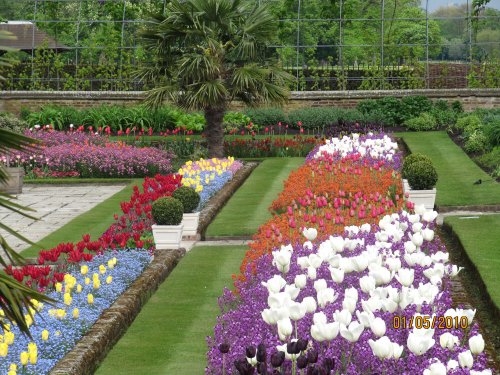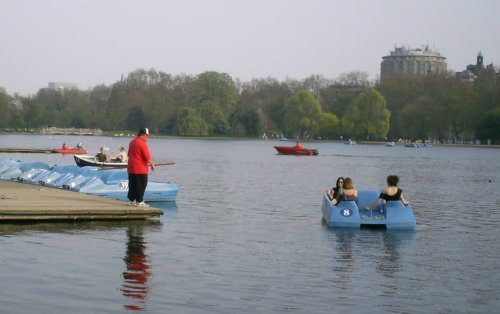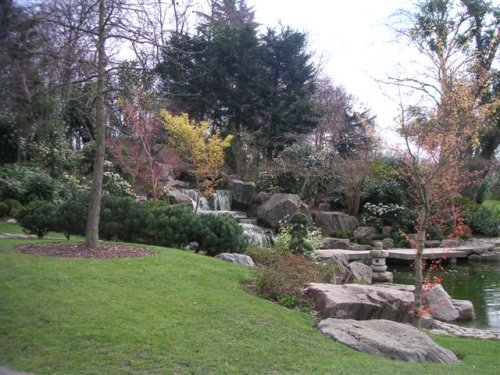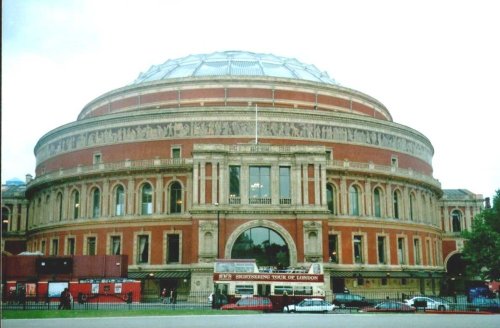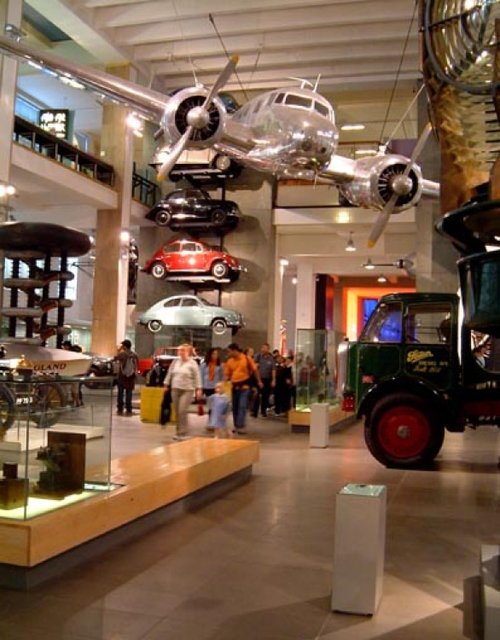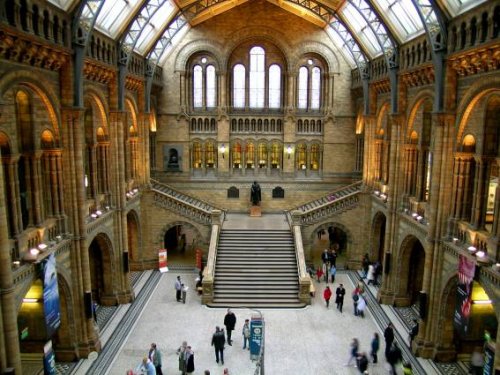Pictures of Kensington
About Kensington
The attractive Royal borough of Kensington has many special places. Most prominent is Kensington Palace, birthplace of Queen Victoria. A dominant feature of the area is the fresh green acres of Kensington Gardens and Hyde Park. These parks were once a hunting ground for Royalty but Hyde Park has been open for public enjoyment since the 17th-century. Neighbouring Chelsea does not quite have the dignity of Kensington, it has always been known as slightly 'avant-guarde' attracting writers, artists and fashion designers.
Kensington Palace - Initially the country home of the Earl of Nottingham, it was not until the property was acquired by William III in 1689 that this great house became a Royal Palace. William commissioned Sir Christopher Wren to enlarge the building and it was further enlarged and enhanced during the reign of Queen Anne for whom Wren designed the Orangery. The house has work by Grinling Gibbons and the gardens were laid out by William Kent. The birthplace of Queen Victoria, the palace has provided a home for senior members of the Royal family including the late Diana, Princess of Wales.
Kensington Gardens - Adjoining Hyde Park, originally 26 acre garden of Kensington Palace. Queen Anne and Queen Caroline both extended the gardens, and they now cover some 275 acres. Unlike Hyde Park which opened to the public in the 17th-century, Kensington Gardens were only opened to the public in the 19th-century. Beautifully landscaped, the gardens are a perfect backdrop for imposing Kensington Palace. There are guided walks featuring wildlife and gardens associated with past King's and Queen's. Numerous trees and spectacular flower beds provide a riot of colour all the year round. For peace and perfection Kensington Gardens would be hard to beat.
Harrods - World famous department store opened by Henry Charles Harrod in 1849. Known for high quality merchandise and tantalizing displays of fresh fruit, fish and meat. For decades holder of several Royal Warrants. A visit to Harrods's provides the ultimate shopping experience.
Albert Memorial - Built as a respectful and loving tribute to Prince Albert, this elaborate memorial stands in Hyde Park overlooking the Royal Albert Hall. Designed by Sir George Gilbert Scott, the memorial was unveiled in 1870 when it was said to be one of the most costly commemorative works of the period.
Brompton Oratory - This exotic church was the central church for London's Roman Catholic community before the building of Westminster Cathedral. The Oratory is overwhelming, it was built in the late 19th-century to a design by Herbert Gribble who based the building on the style of the Church of Chiesa Nuova, in Rome. Beautifully gilded, the church is adorned with marble statues from the Cathedral of Sienna. The impressive altarpiece is also carved from Italian marble. With it's strong Italian atmosphere and magnificent pieces, the church is a constant source of fascination and wonder. A visit not to be missed.
Chelsea Embankment - Bohemian residents stroll along this wide riverside road which runs from Chelsea Bridge to Albert Bridge. Stunning tree lined gardens flourish along the embankment, providing pleasant, peaceful spots for quiet contemplation.
Chelsea Old Church - Lovely church dating from Norman times. Sustained bomb damage during World War II and reconstructed in the mid 1950's. The little chapel built for Sir Thomas More in 1528 survived intact. The church shows many treasures including six chained books, A commemorative statue of Sir Thomas More stands on the site.
Chelsea Physic Garden - Founded in the 17th-century by the Worshipful Society of Apothecaries, to teach students about the healing properties of plants. Chelsea gardens are London's oldest botanic gardens containing many rare herbs, plants and beautiful trees. Well worth a visit.
Chyne Walk - Old historic street in Chelsea, has fine rows of early 18th-century houses. Henry VIII's Manor House stood on the spot of numbers 19 to 26. The famous and the fashionable have lived here these include; a Doctor Dommicetti - a fashionable Italian doctor of the 18th-century, Isambard Kingdom Brunel, noted artists - Rossetti and James McNiell Whistler, David Lloyd-George, Mrs.Elizabeth Gaskell and writer George Eliot spent the last three weeks of her life at number four.
Crosby Hall - Once part of a great City mansion, stunning Crosby Hall has survived from the 15th-century. The hall withstood a fire of the 17th-century and was rebuilt in Chelsea early in the 20th-century.
Leighton House - Extraordinary house built in Holland Park Road in 1866 by celebrated artist Frederic, Lord Leighton, one-time President of the Royal Academy. It was both house and studio. The house is a glittering confection of the exotic, it has elaborate stained glass, mosaic floors and a fountain. There are magnificent works of art and other treasures on show including paintings by Leighton and Burne-Jones.
Linley Sambourne House - Fascinating Victorian house, home of renowned Punch cartoonist and illustrator Edward Linley Sambourne. The house, constructed in the 1870's is typical of the late Victorian era with four floors above a basement. There are stained glass windows and authentic William and Morris furnishings. The walls are adorned with drawings by Sambourne and his contemporaries. Wonderfully atmospheric, the house is a venue for special events including Victorian costume drama's performed by noted actors. To take a glimpse into the life and style of an artistic Victorian family, a visit to this gorgeous house is a must.
